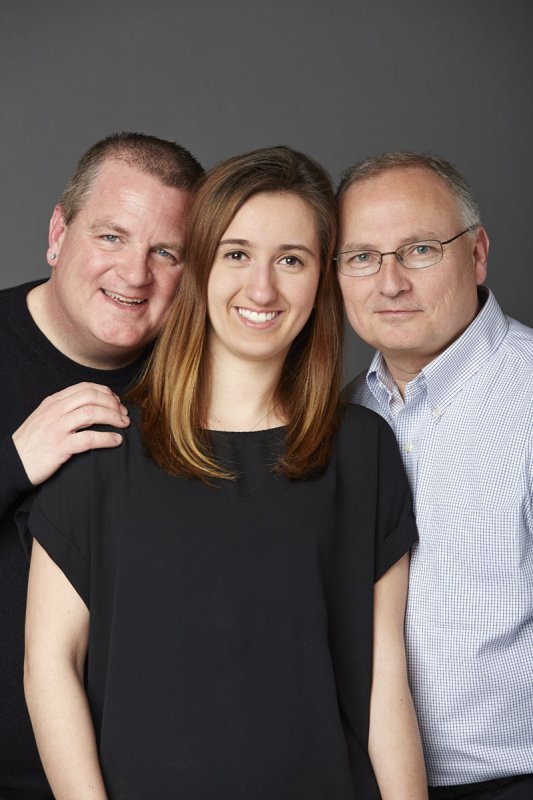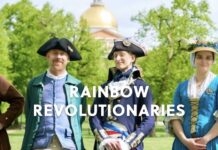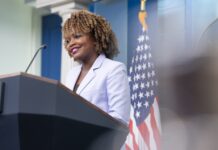
Gary Chalmers and Richard Linnell
Gary Chalmers is a teacher. He’s used to explaining things to children. But the hardest lesson he and his husband Richard Linnell ever had to deliver was to their daughter, Paige. “She was about eight years old, and she was talking to my nephews,” recalls Gary. “She referred to us as married, and the nephews were saying, ‘Two boys can’t get married!’ She was adamant that we must be, because we were her parents.”
Afterwards, Paige’s dads had to tell her that it was true: that they weren’t married. They weren’t allowed to be.
“That was the turning point. We had to do something.” And they did. The couple joined the plaintiffs of the landmark Goodridge case, and they soon discovered that they would be responsible for teaching many others about their lives and experiences. A decade later, Gary isn’t surprised by the rapid shift toward support for gay marriage since Goodridge, and he believes much of that evolution is owed to the education the case offered about the reality of discrimination. “We had very supportive friends for years who had never had any idea that certain rights weren’t afforded to us,” says Gary. “When we’d explain things, like the fact that we could be denied seeing each other in a hospital, they’d become outraged.”
“It’s just something most people didn’t have to think about,” says Gary. “They were used to our family being just like theirs. Those realities had never entered their minds, and when they did, they were blown away.”
Of course, teaching the world about the realities of the gay community wasn’t always easy. Whether the couple was reading anti-gay newspaper op-eds or watching right-wing pundits on TV, it could be hard to “maintain your composure when people were spewing inaccurate information,” says Gary. But as time went on, he saw tides turn—and realized there were many allies out there who were willing to school the opposition. He remembers when a vicious editorial ran in the local paper: clearly incensed by the marriage case, its writer suggested that Gary was “promoting homosexuality” to his children and “exposing them to AIDS.” (For many years, some students had joined him in an annual fundraising walk.) “I knew one of the reporters and called her up,” remembers Gary. “I asked, ‘How do I submit a rebuttal?’”
“She said, ‘You don’t have to.’” Several former students had already written the paper with responses in his defense. Just by knowing him, they had learned much more than he realized. And as the Goodridge case opened the door for equal marriage fights around the country, many more out couples have given the non-gay world an education. Now some polls show as many as 59 percent of Americans support same-sex marriage; in 2004, about 59 percent opposed it.
Today Gary is still a teacher, Richard still works as a nurse, and their daughter, armed with what Gary calls a “passion for social justice,” is off to college. They are still just like every other family. And now they don’t have to explain that to anyone.
“My sister-in-law always says that she can’t wait until her grandchildren read about our case in a history book,” says Gary proudly. It’s someone else’s turn to teach that lesson.








